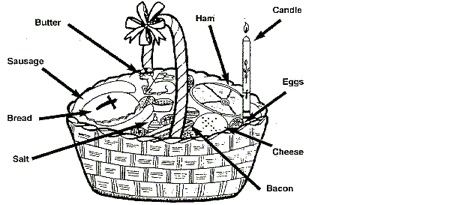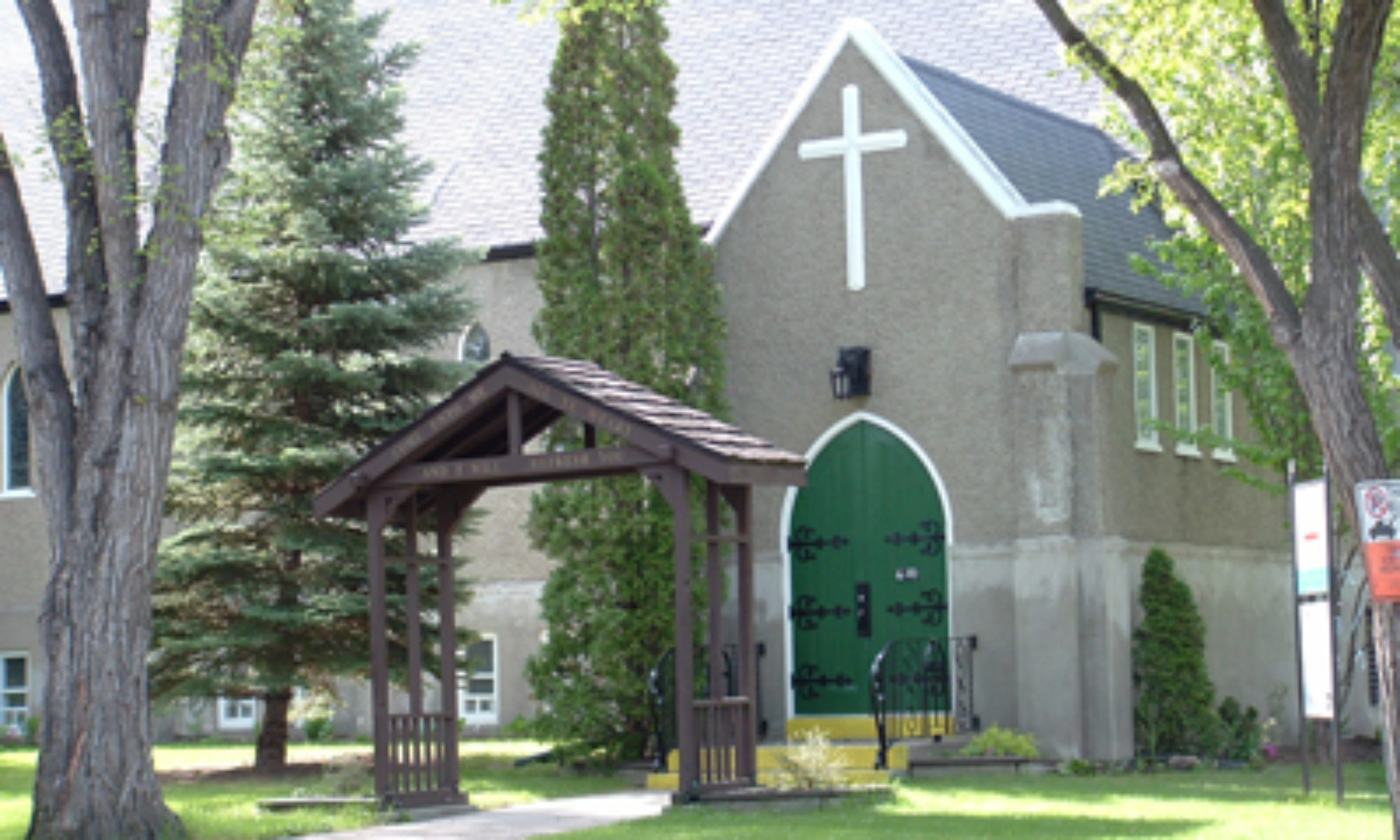The blessing of the Easter Basket has been a cherished Christian ritual for centuries among families. The tradition of food blessing at Easter has early medieval roots in Christian society and is said to date from the 7th century in its basic form, the more modern form are said to date from the 12th century. The Christian significance of Easter is symbolized in the foods used for the Holiday feast. Baskets containing a sampling of Easter foods are brought to church to be blessed. The Christian significance of Easter is symbolized in the foods used for the Holiday feast. Baskets are lined with a white cloth and decorated with ribbons and greenery to symbolize spring, renewal, and the Resurrection. Traditionally, the baskets would include: decorated hardboiled eggs (representing Christ’s Resurrection), lamb-shaped butter or sugar (representing Christ as the “Lamb of God“), bread (symbolic of Jesus as the “Bread of Life“), ham (symbolic of great joy and abundance), sausage (symbolic of God’s favor and generosity), smoked bacon (symbolic of the overabundance of God’s mercy), some prefer lamb (representing Christ as the “Lamb of God”), salt (symbolic of prosperity and justice and to remind us “You are the salt of the earth”), cheese (symbolizes the moderation Christians should have at all times), horseradish & pepper (symbolic of the Passion of Christ and the bitter herbs of the Passover). A white candle is often inserted into the basket to represent Christ as the “Light of the World.” Lastly, the basket is cover with linen symbolizing the covering of Christ’s shroud.

